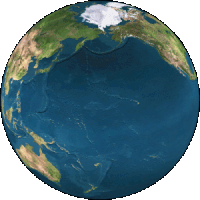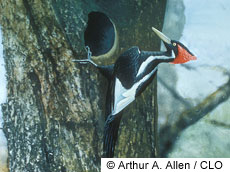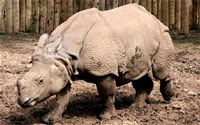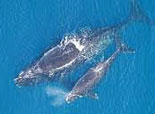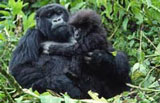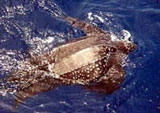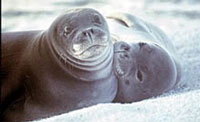Our Neighborhood
|
Page Updated: |
|---|
• Of Interest
Articles of interestFor or those of us who worry about our endangered species, these are stories not in the current news cycle. |
• Resources
Our Resources SectionSee the sponsors of wildlife saving activities. |
|---|
It Has Prevented the Extinction of Roughly 291 Species
It protects species that are on the brink of extinction. A study by the Center for Biological Diversity (CBD)found the Endangered Species Act has prevented the extinction of roughly 291 species.
"The intent of the law is to protect the whole ecosystem that the species needs to thrive," said Tierra Curry, a senior scientist at the CBD. The center is a nonprofit conservation organization focused on ending extinction.
A Rare Ocean "Cool Spot"
in the Pemba Channel
This is the story of East Africa's Coral Refuge: how it was formed, the people and wildlife whose lives are inextricably tied to it, and a call to protect it amid a warming and developing world.
Due to the global coronavirus crisis, the programs organized for Endangered Species Day 2021 will primarily be online events, digital actions, and remote activities.
Florida Fish and Wildlife
Conservation Commission
(mfwc.com)-An unprecedented coral disease event has ravaged Florida’s reefs since 2014, causing mortality in more than 20 Caribbean coral species.
The disease, known as stony coral tissue loss disease (SCTLD), began near Miami, Florida, and has since spread through the northern extent of Florida's Coral Reef in Martin County, south through the Florida Keys, west into the Marquesas, and is currently just inside the boundary of the Dry Tortugas National Park.
Due to the rapid spread of the disease, the Florida Department of Environmental Protection (DEP) in partnership with Florida Fish and Wildlife Conservation Commission(FWC), National Oceanic and Atmospheric Administration (NOAA) , and National Park Service (NPS), developed a coral disease response network consisting of 9 teams. One of these disease response teams is the Florida Coral Rescue Team led by FWC and NOAA Fisheries.
The World's Ten Most Threatened Species
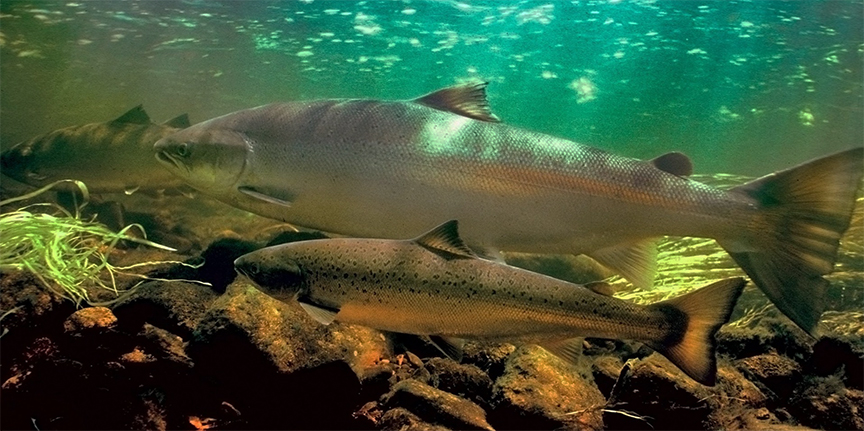 Wild Salmon
|
|---|
